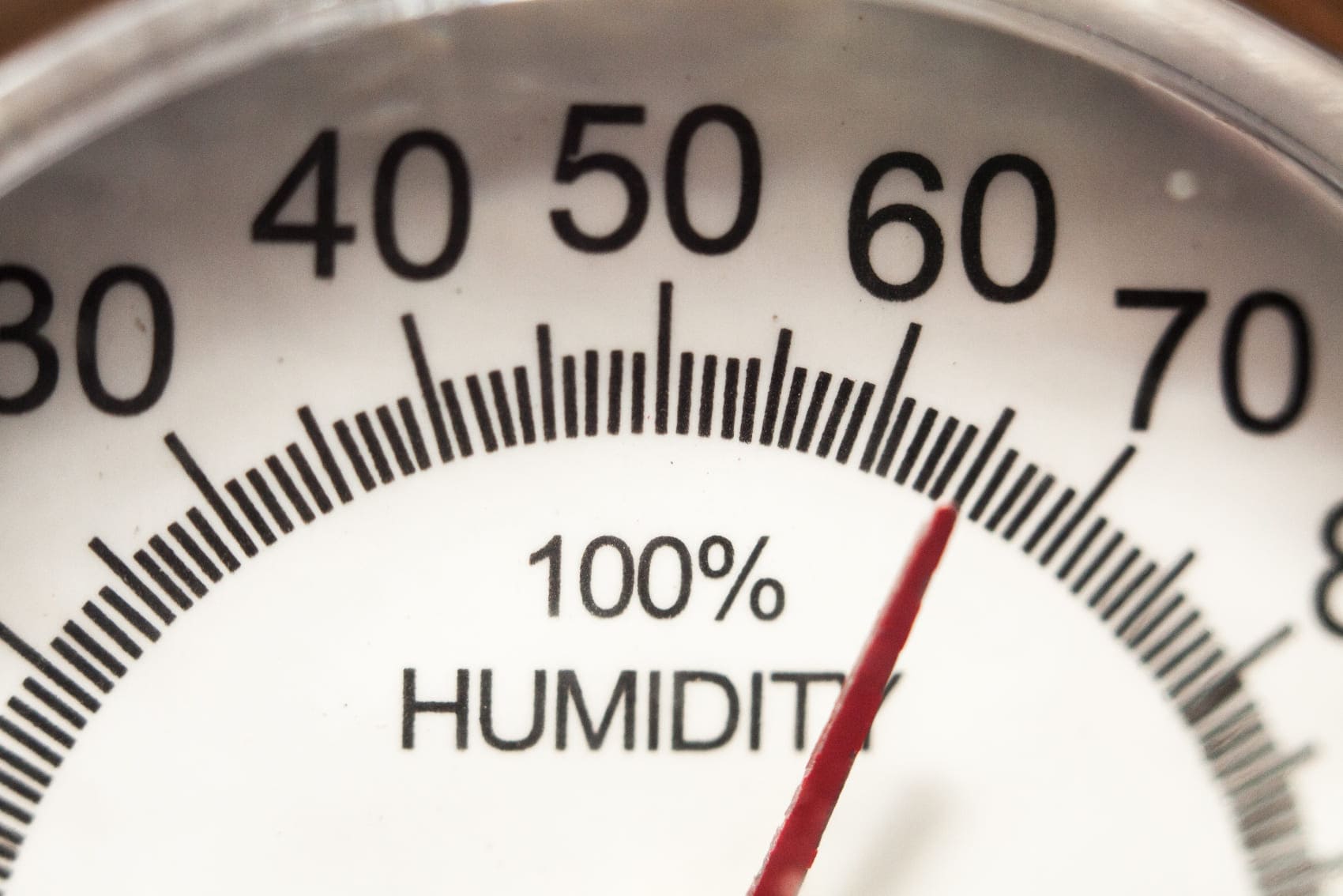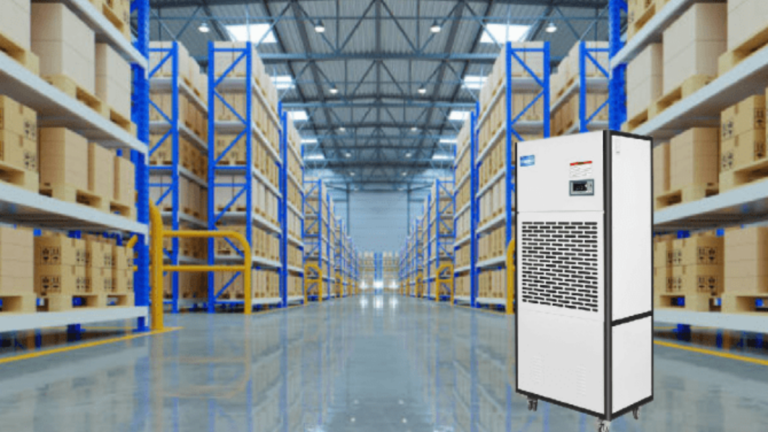Humidity is essential for our comfort — affecting everything from our health to the condition of our spaces. Whether braving the summer heat or trying to manage your indoor environment, the humidity level can dramatically affect your well-being. Too much humidity or too little — what humidity level is truly uncomfortable? This question is crucial for creating a balanced and comfortable space.
When and Why Does High Humidity Feel Uncomfortable?
High humidity occurs when there’s excessive water vapor in the air. While the ideal indoor humidity level is between 30% and 50%, levels exceeding this range, especially above 60%, often feel uncomfortable. Have you ever felt sticky or struggled to cool off in summer? That’s high humidity at play.
When the humidity is too high, sweat doesn’t evaporate as efficiently, hindering your body’s ability to cool. This can leave you feeling sweaty, hot, and fatigued. It’s not just about personal discomfort, though. High humidity can also pose risks, like promoting mold growth, damaging furniture, and even exacerbating respiratory conditions like asthma.
Understanding Humidity Levels
Understanding humidity levels is crucial for maintaining comfort, health, and even the longevity of your home. Humidity impacts everything from the air you breathe to the condition of your furniture, not to mention its influence on your skin and respiratory well-being. Whether you’re striving for the perfect indoor environment or curious about how weather patterns affect your daily life, learning about humidity can empower you to make better decisions. This blog post will explore the importance of monitoring and managing humidity levels, and how doing so can positively impact your living space and quality of life.
Humidity refers to the amount of moisture in the air, and it’s measured in two ways:
- Relative Humidity (RH) – This is the most common measurement and refers to the percentage of water vapor in the air relative to how much the air can hold at a particular temperature.
- Absolute Humidity – This measures the amount of moisture in the air, regardless of temperature.
The comfort of a humidity level typically depends on relative humidity, which is why it’s the focus of this guide.
The Ideal Humidity Levels
For most people, the ideal indoor relative humidity is between 30% and 50%. These levels strike a perfect balance, creating conditions where the air feels comfortable, while also preventing potential health and maintenance issues, such as mold growth, dryness, or static electricity.
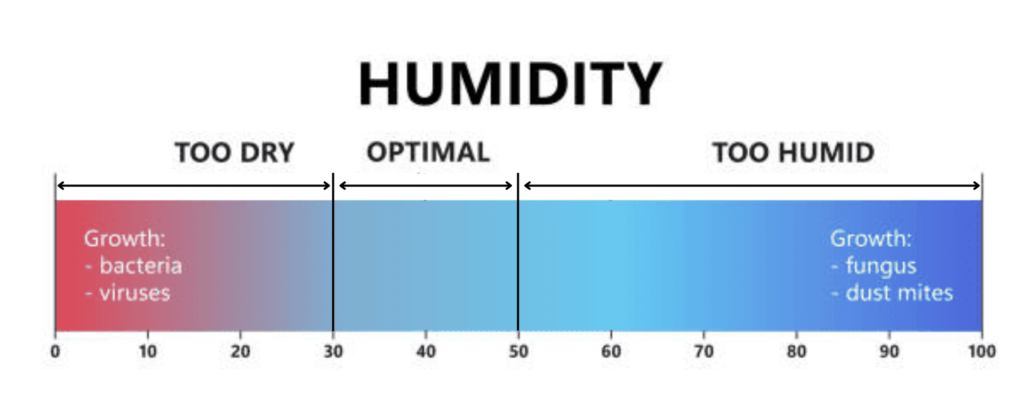
What Humidity Levels Feel Uncomfortable?
Understanding your local humidity levels—and managing them where possible—can significantly impact your everyday comfort and well-being, especially during extreme weather conditions.
Too Low Humidity (<30%) – Uncomfortably Dry
When humidity drops below 30%, the air becomes excessively dry. It can make the air feel overly dry, causing skin irritation, chapped lips, and respiratory discomfort. The ideal range for comfort typically falls between 30% and 50% relative humidity, as this balance feels neither too wet nor too dry, and supports better health for most people.
Common issues include:
- Dry or irritated skin and throat
- Respiratory discomfort
- Cracked furniture and floors
- Increased static electricity
Cold-weather regions or winter heating systems are notorious for causing this type of environment.
How this feels: Your lips may chap easily, your skin feels tight, and indoor plants may begin to droop or brown due to lack of moisture.
Too High Humidity (>60%) – Sticky and Stifling
While a lot depends on personal preference and climate, relative humidity levels outside the ideal range (30–50%) can start to feel troublesome. High humidity levels above 60% make the air feel heavy and stuffy, especially in warm conditions. At this point, the air feels heavy and sticky, making it harder for your body to cool itself through sweat evaporation. High humidity can amplify the effects of warm temperatures, leading to increased perspiration, fatigue, and even difficulty breathing for sensitive individuals.
Common issues include:
- Excessive sweating that doesn’t evaporate, leaving you sticky
- Sleep disruption due to discomfort
- Growth of mold, mildew, and dust mites
- Warping or rotting of wooden furniture
How to Combat High Humidity?
Thankfully, controlling humidity isn’t difficult when you take the right steps. Here are some practical solutions to combat high moisture levels in your indoor and outdoor environments.
High humidity can be more than just an uncomfortable nuisance—it can affect your health, work, and quality of life. Whether it’s causing excessive sweating, making your home feel stuffy, or even encouraging the growth of mold and mildew, battling high humidity is essential for maintaining a comfortable and healthy environment. Fortunately, with the right strategies and practical tools, you can take control of the humidity levels in your space and enjoy a fresher, more pleasant atmosphere. Read on to discover effective tips and solutions to combat high humidity and regain your comfort.
1. Use a Dehumidifier
A dehumidifier is a must-have tool for managing excessive humidity. It removes moisture from the air, helping maintain comfortable and safe humidity levels inside your home or office. Dehumidifiers come in various sizes and can be tailored to spaces ranging from small closets to entire basements.
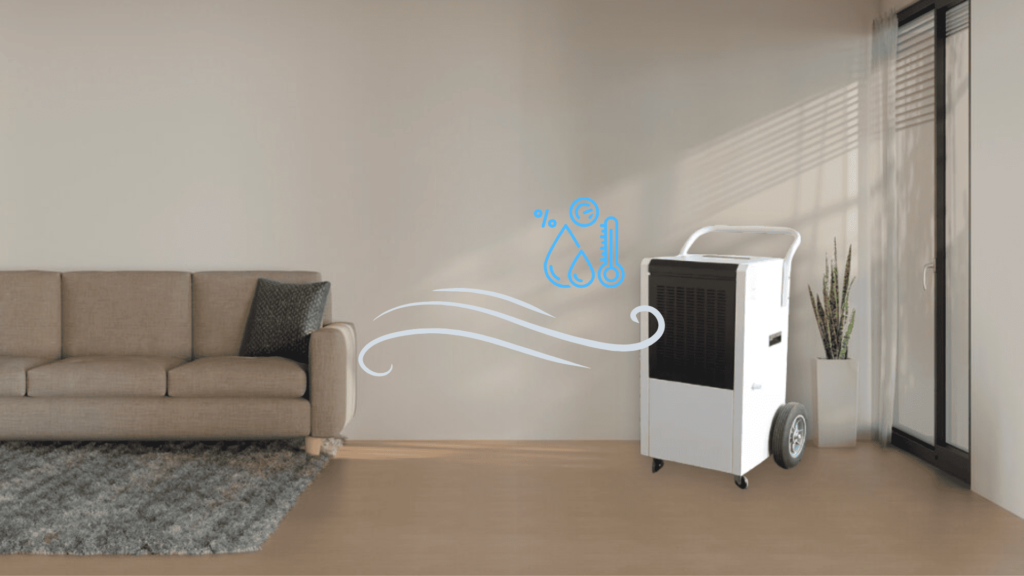
2. Improve Ventilation
Ensure your space is well-ventilated. Opening windows and using cross-ventilation allows air to circulate and prevent moisture from building up in one place.
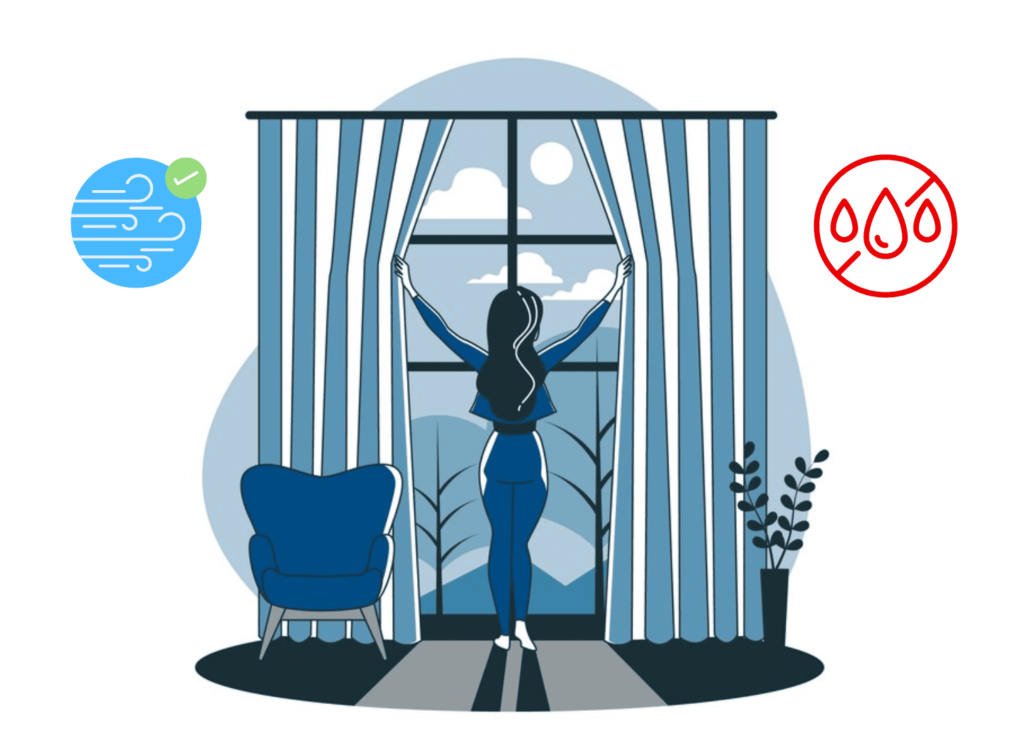
3. Use Exhaust Fans
Exhaust fans are beneficial, especially in moisture-heavy areas. Running your exhaust fan will ensure humid air is pulled out and replaced with drier air.
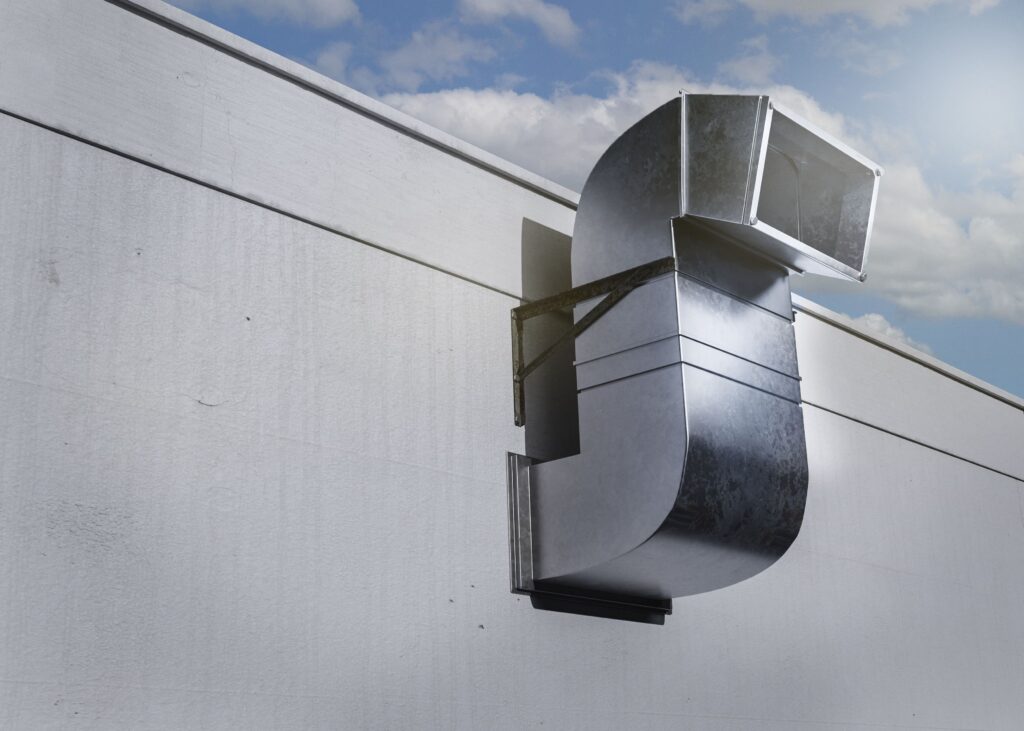
4. Fix Leaks Promptly
Leaky faucets, pipes, or a cracked roof can lead to unwanted moisture. It’s important to address leaks immediately to prevent additional water from increasing indoor humidity levels.
Dehumidifier Solutions for Excessive Humidity
Dehumidifiers are one of the most efficient and user-friendly tools for controlling high humidity, both indoors and outdoors. Depending on your needs, you can choose from various options to tackle moisture problems.
Indoor Dehumidifiers
- Portable Units: Perfect for single rooms, portable dehumidifiers are easy to move around and ideal for residential and commercial use.
- Centralized Systems: If the entire space has a humidity problem, a centralized dehumidifier installed in your HVAC system will regulate moisture throughout your space.
- Silent Dehumidifiers: These models operate quietly, making them ideal for bedrooms or offices where noise might be a concern.
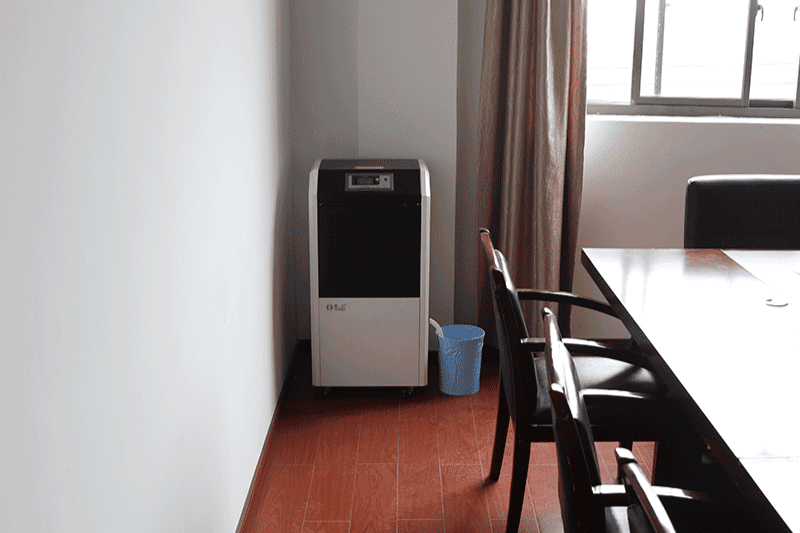
Outdoor Dehumidifiers
Outdoor humidity can also cause discomfort, particularly in humid regions. Outdoor dehumidifiers are built to handle larger, open spaces like patios or garages. They come in weather-resistant designs and can significantly improve the air quality of your outdoor areas.
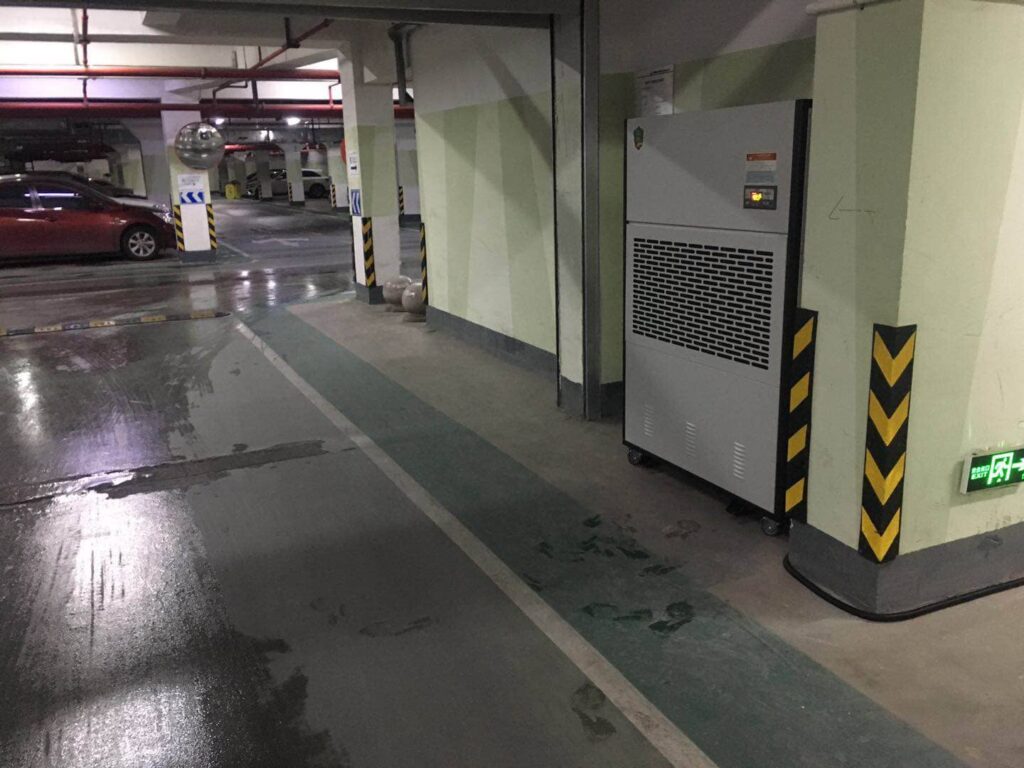
Features of Modern Dehumidifiers
- Auto-shutoff to prevent overflow
- Humidity level sensors to maintain optimal moisture
- Eco-friendly and energy-efficient models
- Compact designs for easy placement
Frequently Asked Questions
What is the ideal indoor humidity level?
The recommended indoor humidity level is between 30% and 50%. Levels lower than this may lead to overly dry air that causes skin irritation, while higher levels can lead to discomfort and mold growth.
How does humidity affect our health?
High humidity can make breathing difficult, especially for people with asthma or allergies. It can also worsen conditions like sinus problems and skin irritations. Additionally, elevated moisture provides an environment for mold and dust mites to thrive, further impacting indoor air quality and health.
Can plants help control indoor humidity?
Yes, certain houseplants can help absorb moisture and regulate humidity levels. Plants like peace lilies, Boston ferns, and English ivy can reduce excess moisture in the air. However, overwatering plants can contribute to humidity problems, so it’s essential to maintain a balance.
Conclusion
High humidity can quickly turn a comfortable environment into an uncomfortable and unhealthy one. Whether it’s leaving you sweaty or putting your space at risk of mold damage, managing moisture levels is essential. Tools like dehumidifiers, proper ventilation, and fixing leaks can make controlling humidity effortless. Invest in a high-quality dehumidifier today, and say goodbye to sticky, uncomfortable air. Create a space where you can breathe easy, feel comfortable, and protect your space—all by managing humidity the smart way!

